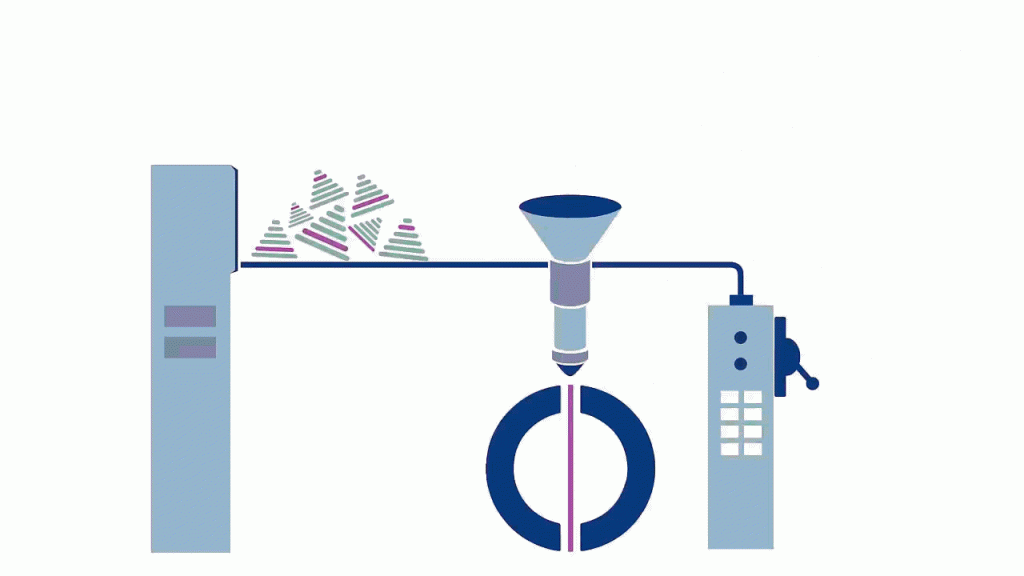There is a distinction between non-systematic (conventional) literature reviews and systematic literature reviews. The major difference between the former and the latter is their ways of collecting and selecting data/materials to be included in the review.
Being the more rigorous and transparent of the two models, systematic literature review is believed to possess more credibility and capacity to be replicated. It also leads to reduced bias and more thorough reports unlike non-systematic reviews which are believed to rely significantly on the reviewer’s personal judgment with respect to data selection. This can introduce bias and ultimately impact the findings or results of the study. Systematic literature reviews are often used in the medical sciences.
What is a systematic literature review?
According to Cochrane reviews, a systematic review is an attempt to:
“identify, appraise and synthesize all the empirical evidence that meets pre-specified eligibility criteria to answer a specific research question. Researchers conducting systematic reviews use explicit, systematic methods that are selected with a view aimed at minimizing bias, to produce more reliable findings to inform decision making.”
In their 2017 book “An Introduction to Systematic Reviews,” David Gough, Sandy Oliver and James Thomas defined systematic literature review as:
“a type of review that collects multiple research studies and summarises them to answer a research question using rigorous methods.”
Some systematic literature review writing tips
Define your objectives clearly
This is the first step of the systematic literature review process. It is important that the objectives expected to be achieved from the review be clearly stated so that the reviewer knows exactly what to include in the review and what to leave out. The objectives are usually reflected in the research questions.
Determine the eligibility (inclusion and exclusion) criteria
It is necessary for the researcher to specify a strict criteria that will help him or her decide on what to include in their literature review and otherwise. For example, you can decide that all studies conducted earlier than 2019 will not be included in your review. Try to ensure that what you include strengthens your review and what you exclude does not weaken it.
Search for eligible literature
The researcher has to be very careful here to ensure that he or she selects the most appropriate sources. Thus, rather than concentrate on few search engines and databases, you should search as wide as possible in other to obtain the most relevant materials. You should consider subscribing to updates from the journals/academic search engines that you’ve selected. Such subscriptions will help alert you when any new articles that meet your inclusion criteria are available.
Ensure you report your search strategy using the appropriate tools. If possible, a couple of independent reviewers (or the librarians at your university) can help with both the search for eligible literature and data assessment. All the data collected from your systematic search should be appropriately documented in the required format. Reference managers like Mendeley and Endnote can be useful in this regard.
Data assessment
After conducting your search and gathering a body of data, you still have to thoroughly assess the collected data so as to determine those that will have a chance of appearing on your systematic literature review. You have to realize that the quality of the systematic review is determined by the validity and quality of the materials included in it. Hence, use your inclusion/exclusion criteria to conduct a holistic assessment of all the studies (including titles and abstracts) with a view to excluding studies that your find surplus to your requirements. The independent reviewers (if available) should participate actively in the assessment process and help tackle any challenges that may arise.
Final selection
After gathering and assessing data, you should then be in a position to precisely identify the most suitable additions (e.g., concepts, theories, empirical findings, etc) to your systematic literature review. Identifying your final selections help you determine the best way to structure and analyze your literature in terms of logical organization and presentation.

Interpretation
This is the last stage in the systematic literature review process. The reviewer must eschew bias and interpret all his or her final selections objectively and as comprehensively as possible. It is up to the reviewer to identify patterns in other studies (including theoretical and methodological contradictions) and try to analyze or interpret them logically or sensibly. This implies that the reviewer must use both inductive and deductive reasoning to synthesize information from other studies meaningfully rather than just summarize them the same way they appear in the original texts or sources.
Merits and demerits of systematic literature reviews
| Merits (Pros) | Demerits (Cons) |
| Regarded as more than credible than non-systematic review due to its rigorous nature | Can consume more time because of the strict and rigorous procedures involved. |
| The transparency of systematic literature reviews ensures they can more easily be replicated. | The researcher may not always select the most optimal inclusion and exclusion criteria. |
| Leads to minimized bias since the personal judgment of the reviewer is not involved | Does not always include grey literature which can be sources of useful information/data. |
Conclusion
A systematic literature review differs from a non-systematic review mainly because of the different ways its data is collected. It uses more rigorous and transparent procedures and is therefore regarded as more credible and repeatable. Systematic literature review procedures also lead to limited bias and thus yield more reliable results that can assist decision-making.


